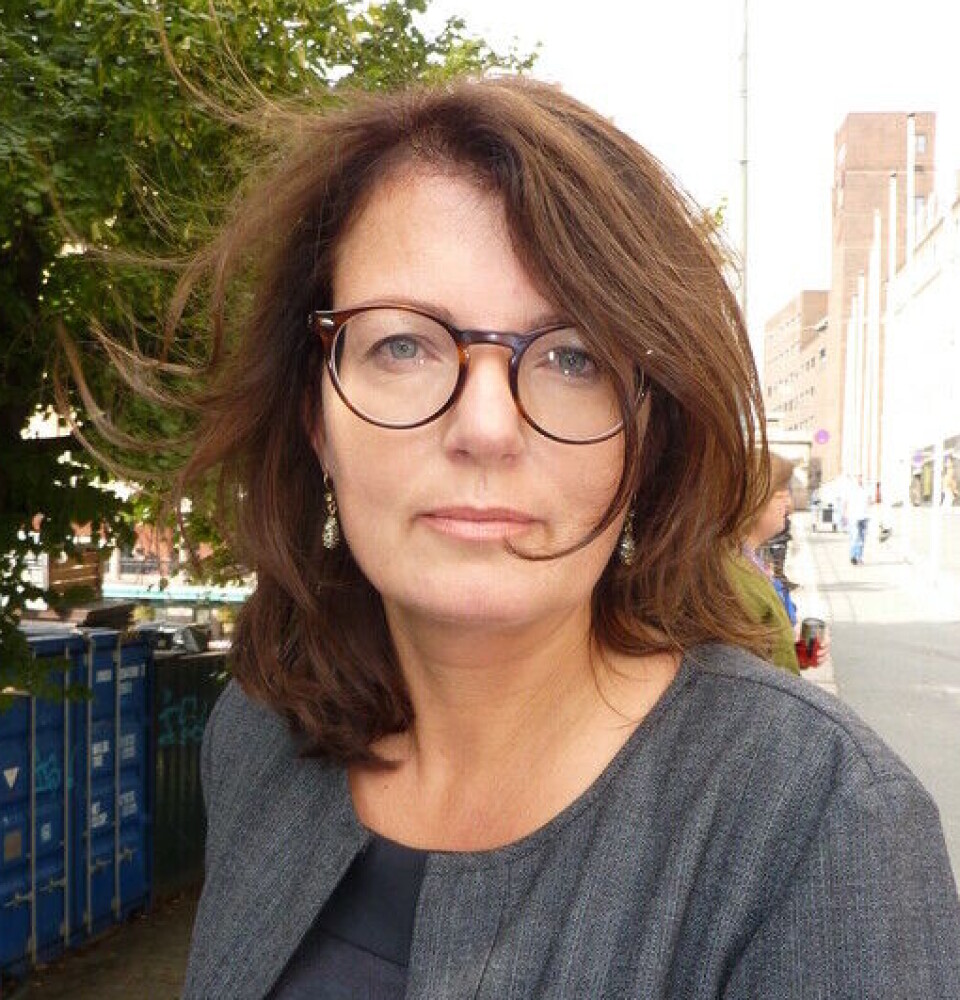THIS CONTENT IS BROUGHT TO YOU BY THE University of Agder - read more

Too much accommodation in school makes pupils more anxious
A new survey shows that teachers largely allow their pupils to not do the things they don’t want to do.
“If you are afraid to speak in class and the teacher lets you be exempt from it throughout secondary school, you will not get better at speaking out loud. You just get more anxious about it,” Åshild Tellefsen Håland says.
She is a professor at the University of Agder, and a psychologist specialist at the Department of Child and Adolescent Mental Health at the Hospital of Southern Norway.

“Such pupils need a programme where they can practice speaking out loud, or other things they fear, in a safe environment. If schools had been better at this, some anxiety disorders could probably have been prevented,” she says.
Håland and her colleagues asked all primary school teachers in Kristiansand about how they accommodate for pupils who are anxious.
This is the first time, both in Norway and internationally, that researchers have mapped how teachers respond to anxious pupils in general.
Previous studies have explored how teachers approach pupils who actually have an anxiety diagnosis.
They are not getting help to overcome their anxiety
“In the face of anxiety, cognitive behavioural therapy has the best documented effect. The core of it is to face what you are afraid of. But the reality in schools is that teachers help their pupils avoid things, and so they get little help to tackle their fears,” Håland says.
The survey consists of 35 questions. Among other things, ,it asks about how often teachers:
- Allow pupils to be exempted from delivering presentations (over 60 per cent)
- Allow pupils to go in and out of classes (almost 70 per cent)
- Have done tasks that are actually the pupil’s responsibility (around 50 per cent)
- Have adjusted the class routines due to individual pupils’ anxiety (around 50 per cent)
“Excessive accommodation is a serious problem in schools, and it happens to a greater extent than I thought it would. These aren’t necessarily pupils with anxiety diagnoses, some are just afraid to do things,” Håland says.
244 teachers responded to the survey. The figures are from Kristiansand, but Håland says it is very likely that they are representative of the rest of the country.
Popular tool helps young people with anxiety
Anxiety is one of the most common reasons for school absenteeism.
Figures from the Ungdata survey also show that anxiety affects more young people today than in the past. This has also got worse after the pandemic.
At the beginning of May this year, the Hospital of Southern Norway launched e-RISK. This is an online coping skills course for young people between the ages of 12 and 18 who need help to dare to do things that they avoid doing and are afraid to do.
The tool also contains guidance for teachers and parents on how to support those with anxiety in an appropriate way and has become very popular.
Not long after the launch, it had 30,000 unique users, Håland explains. She developed it together with colleague and psychologist Thomas B. Bertelsen at the Hospital of Southern Norway.
Through the continuing education programme at the University of Agder, public health nurses and social workers have received training in running low-threshold groups (called Mini-risk) for pupils with anxiety.
By 2024, public health nurses and social workers in all schools in Kristiansand will have received the training. Kristiansand will then be the first municipality in the country to have a low-threshold service for anxious pupils available in all schools.
Responsibility lies with the school
Håland is clear that the individual teacher is not to blame for excessive accommodations. The responsibility lies with the school.
“If a resourceful father calls and demands that his child be excempt from PE, the teacher might not trust in his own competence or have a plan to solve the issue,” she says.
Through low-threshold groups such as Mini-risk and e-RISK, teachers have been given other tools to allow pupils to confront things they are afraid of.
The survey was presented on Tuesday 15 August at Arendalsuka, an annual political festival in Norway.

This content is paid for and presented by the University of Agder
This content is created by the University of Agder's communication staff, who use this platform to communicate science and share results from research with the public. The University of Agder is one of more than 80 owners of ScienceNorway.no. Read more here.
More content from the University of Agder:
-
Research paved the way for better maths courses for multicultural student teachers
-
The law protects the students. What about the teachers?
-
This researcher has helped more economics students pass their maths exams
-
There are many cases of fathers and sons both reaching elite level in football. Why is that?
-
How we used plants to protect ourselves from evil
-
What is it like for nurses to promote health behind bars?




































